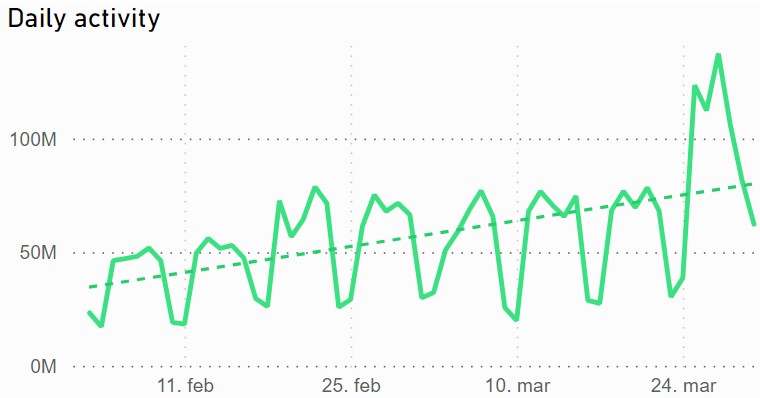One of the things MarTech is plagued by is a lack of common standards for communication. Every tool has its own API, and trying to fit them all together usually means writing a bunch of glue code. Common standards have always been elusive.
In the CMS space, there’s been the Java Content Repository (JCR), which, as far as I know, was only implemented by Adobe (AEM; formerly Day) and Magnolia (both of which started in Basel, Switzerland, so they probably came up with it over chocolate and too-small cups of coffee in the shadow of some mountain).
(Edit: someone also mentioned the former Hippo CMS in the comments as well.)
And there was Content Management Interoperability Services (CMIS), which made some inroads in the document management space 20 years ago, but little usage elsewhere. (I remember Ektron tried it out, but it didn’t go far.)
More recently, there was The OSIRIS Alliance, which was pushing for Composable Data Interchange Standards (CDIS). However, I haven’t seen much happen from them lately.
And of course there are webhooks, but this has been a loose convention, at best. There’s never been anything approaching a standard. (Also, it only speaks to event broadcasting, which is a small part of the bigger picture.)
There’s also the burgeoning Integration Platform as a Service (iPaaS) market – these tools encapsulate “glue code” as something repeatable and manageable. (I’m a fan of Prismatic, which is a Sioux Falls company.)
Which brings me to GraphQL –
Is this the future of interoperability in the MarTech and content space? We’re all-in on it, at Optimizely. We released Optimizely Graph last year, and you can see how it’s been taking off in the graphic – we’ve doubled usage in the last six weeks, and we just hit 100MM queries in a 24-hour period.
Vendors have traditionally been leery of interoperability standards, because they reduce “stickiness,” and make it easy to swap products. But GraphQL has momentum, and we’re deeply invested in it. Already, both our CMP and CMS are pushing data into it, customers can push their own proprietary data into it, and more of our products will connect to it later this year. It’s rapidly becoming our “Universal API.”
Is this it? Is the industry finally rallying around a standard? I hope so. We’ll all be better off for it.
